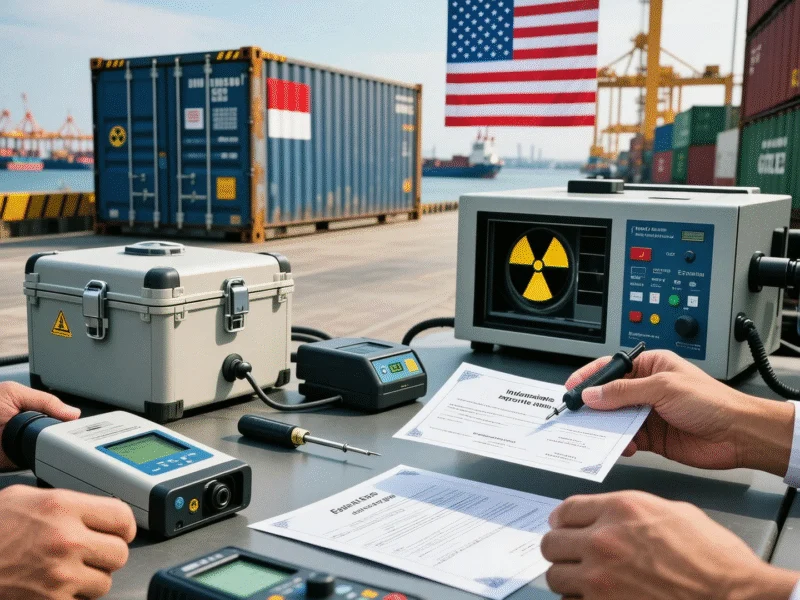The United Nations’ recent adoption of new carbon permanence rules is poised to fundamentally reshape how investors value nature-based climate solutions under the Paris Agreement’s global carbon market framework. These regulations, approved at the October 2025 Article 6.4 Supervisory Body meeting, establish critical standards for how long carbon must remain stored in forests, soils, and mangroves to count toward offsetting emissions—a decision with profound implications for nature investment and global climate strategy.
Understanding Carbon Permanence Requirements
At the heart of the UN’s new framework lies the concept of “like-for-like permanence,” which suggests that carbon emitted from fossil fuels—locked underground for millennia—should only be balanced by carbon storage guaranteed to last equally long. This approach to carbon sequestration represents a significant shift in how natural climate solutions are evaluated. According to recent analysis from climate scientists, this standard could potentially exclude many nature-based projects that provide crucial near-term climate benefits, even if their storage duration falls short of geological timescales.
The debate reflects broader tensions in carbon emission trading markets, where verification standards and permanence requirements increasingly determine which projects receive funding. Industry experts note that these decisions will shape investment flows toward natural climate solutions at precisely the moment when the IPCC Sixth Assessment Report indicates we need 8-13 gigatons of annual carbon mitigation from nature this decade.
Scientific Perspectives on Natural Carbon Storage
More than 200 climate scientists and experts challenge the assumption that natural carbon storage is inherently unreliable, arguing instead for a more nuanced understanding of climate benefit duration. In their collective statement “Do Not Rule Out Nature from Climate Action,” researchers emphasize that temporary carbon removals can deliver measurable near-term climate value by reducing peak warming and buying crucial time for longer-duration solutions to scale.
The scientific community’s position, detailed in this comprehensive analysis, highlights several key points:
- Near-term climate stabilization depends on reducing atmospheric carbon dioxide concentrations quickly, which nature-based solutions can achieve at scale
- Each tonne of CO₂ stored in ecosystems for decades still lowers peak temperatures and slows dangerous feedback loops
- Current engineered removal technologies operate at roughly 0.01 megatons annually, while nature offers gigaton-scale potential
Investment Implications for Nature-Based Solutions
The new permanence standards could significantly impact how institutional investors and corporations approach nature as an asset class. Data from carbon market verification bodies indicates that stricter permanence requirements may redirect capital toward technological solutions despite their current limited scale and higher costs.
However, advocates for nature-based approaches point to emerging risk management tools that can enhance the durability of natural carbon storage. According to industry experts, insurance products, improved monitoring technologies, and better management practices can make natural carbon stores increasingly reliable—but only if carbon market rules allow these tools to evolve and demonstrate their effectiveness.
Balancing Market Integrity and Climate Urgency
Supporters of strict permanence standards argue that maintaining market integrity requires equivalent timeframes between emissions and storage. They contend that without rigorous equivalence, carbon offsets risk becoming instruments of greenwashing that allow continued fossil fuel dependence.
Opponents counter that this perfectionist approach ignores climate emergency realities. Research from the Global Tipping Points project suggests that delaying natural climate solutions based solely on permanence criteria could have catastrophic consequences. As the scientists’ statement notes, “Managing the Earth’s climate over the coming decades is as important as managing it over the coming centuries,” making delayed intervention scientifically and ethically problematic.
The Path Forward for Carbon Markets
The implementation of these new UN rules will determine whether natural climate solutions remain viable investment options. Additional coverage of related market developments, including mineral supply chains for technological solutions, suggests that a balanced approach incorporating both natural and technological carbon removal may be necessary.
What remains clear is that the permanence debate represents a fundamental reckoning for carbon markets. As related analysis from climate economists indicates, the decisions made in the coming months will either unlock nature’s full potential as a climate solution or constrain it through theoretical requirements that ignore practical climate stabilization needs during this critical decade.



